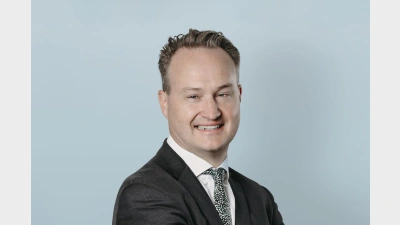Investors move away from fund of fund alternatives


Implementation approaches to alternative investments have evolved to greater use of customised solutions to complement existing exposures or the pursuit of niche strategies, according to Russell Investments director of alternative investments for the Asia-Pacific region Nicole Connolly.
She said Russell's 2012 Global Survey on alternative investing showed investors wanted to move away from fund of fund structures, particularly hedge funds, with 49 per cent of hedge fund exposures expected to drop to 17 per cent in the future.
The use of customised separate accounts is expected to climb from 1 per cent to 12 per cent on the back of disappointing performance from diversified fund of hedge fund managers, particularly in 2009 and 2011 when investors were not as protected as they expected, Connolly said.
"Investors are keen to use more highly structured, diversifying strategies that are lowly correlated to equities and complement their existing portfolio of assets, rather than a one-solution-fits-all fund of fund offering," she said.
Connolly said the survey showed the greatest barrier for investing was still high fee structures, particularly in Asia ex-Japan where 70 per cent of respondents said it was hard to justify increasing exposure to alternatives compared to 47 per cent of respondents globally.
The survey captured investors' concerns about high fee-paying structures in light of pending MySuper legislation, which would force superannuation funds to pay close attention to the costs of alternatives.
However, issues around transparency, understanding and governance are now less imposing, with 41 per cent of respondents saying complexity is not a barrier, and 33 per cent saying they have sufficient governance or risk management processes to monitor alternative investments.
While investors are approaching alternative investments with more prudence than in 2010, respondents held approximately 22 per cent in alternatives compared to the 24 per cent peak in 2007.
Ninety per cent of respondents said the main reason for using alternatives was for diversification benefits and volatility management, while 94 per cent of respondents said they invested in some form of alternatives. Sixty-six per cent said they invested in real estate, 64 per cent in hedge funds and 59 per cent in private equity.
Recommended for you
Economic growth was weaker than expected, once again highlighting an economy largely sustained by population growth and government spending.
In this latest edition, Anna Shelley, CIO at AMP, shares the fund’s approach to current market conditions and where it continues to uncover key opportunities.
The mega fund has announced a $2.2 billion investment in a leading data centre platform, bringing its global real assets portfolio to nearly $60 billion.
In this latest edition, Australian Retirement Trust’s head of global real assets Michael Weaver explains the fund’s approach to finding new opportunities as it surpasses $300 billion in funds under management.













